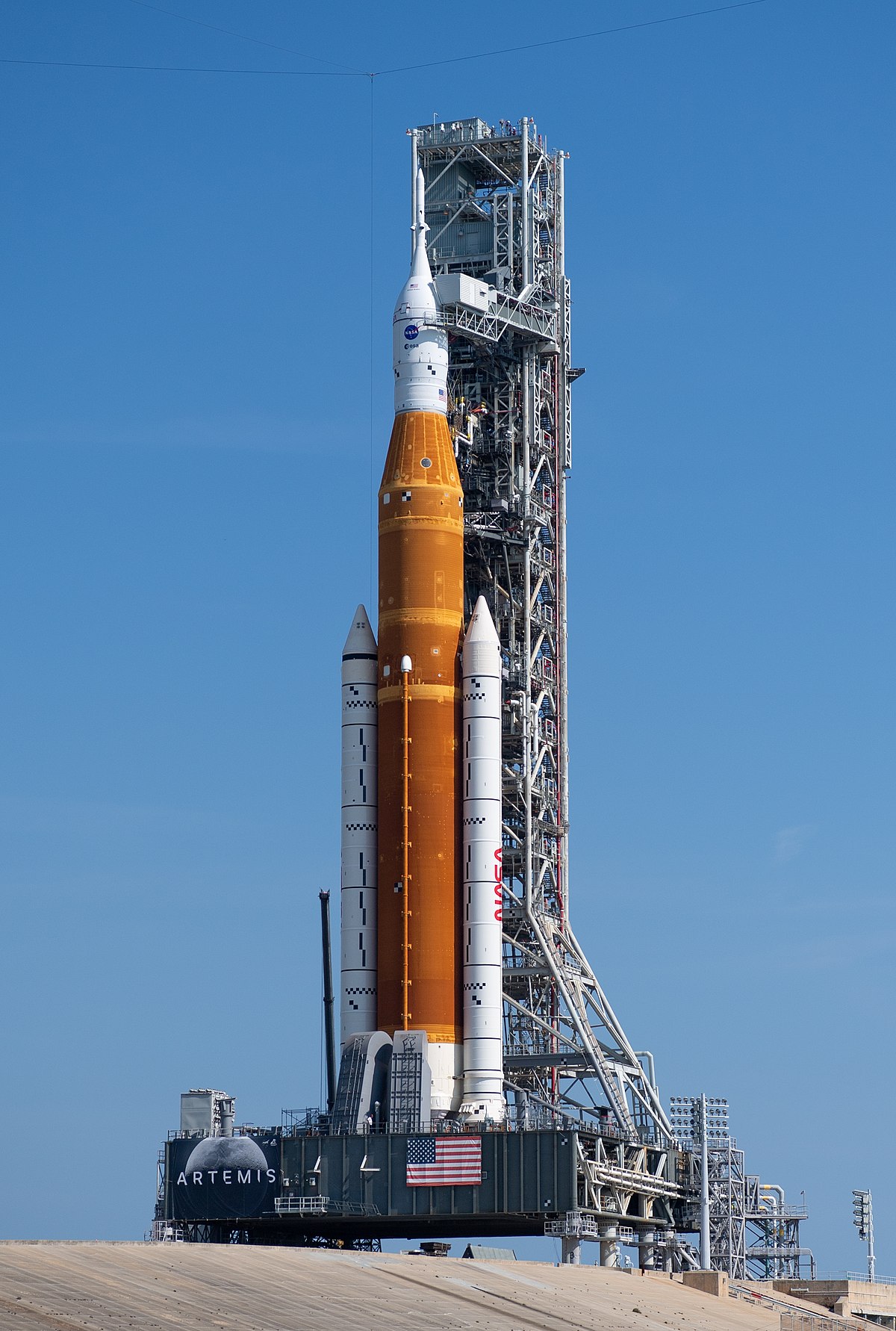As
@mongo notes, it's done in advance of the final launch campaign. The propellant is basically mixed up as a ~liquid and then is poured into the stage casings to cure, then at some point the booster is transported to and installed on the vehicle during final assembly. In the US solid propellant preparation is generally (always?) just done at an offsite assembly factory, notably in Utah. Interestingly, for The French they actually pour at the launch site (at least for the P120 which is the main stage on Vega and the side boosters on A6). The stage casings are built in Europe and then just shipped empty on the Ariane boat that perpetually goes back and forth to South America. Much more logistically and cost efficient to do all the actual propellant handling at CSG.
Not actually true. SRBs are cheaper and
way less complex than chemical propulsion; their current day application (Atlas/Vulcan, Ariane 6, H3) results in a less expensive and less complex vehicle than an otherwise technologically equivalent performing all-chemical vehicle.
Make no mistake, solids are great. They're all but dead nuts reliable, they enable performance scaling of a vehicle rather than having an over performing vehicle for most missions, AND they're actually WAY easier/cheaper/more efficient to handle/deal with than a chemical solution too.
The reason they're not "rapidly reusable" is not rooted in their technology, but in the a) top level specifications to which they are used and the b) entities that are using them. Nobody reuses them these days because they're so cheap to begin with (The STS case study is not applicable, among other reasons because it's 40 years old...), and of course the entities using solids these days are not forward leaning into reusability so there's no effort going into actually making them reusable. Where we are with the level of effort being put into solid reusability to-date, trying to reuse them would be like preferring to retread your passenger car tires rather than buying a new set...
The real big downside with solids, by far, is total burn time. It's simply impractical to make a solid or series of solids that can do The Whole Thing, so at some point you need a chemical solution regardless (unless you're Minotaur-C...). In many cases (Falcon/SS/NG/TerranR/etc) the decision was made to not augment that chemical performance with solids in an effort to keep the total launch system more streamlined. It does take a bit of effort to stand up solid capability, and so those entities have decided that it's better bypass that exercise to just eat the "launching an oversized rocket" inefficiency.
In reality, it's a non-issue...and not completely true either. Solid motors thrust can be tuned based on the size and shape of the combustion chamber and so can contribute to thrust adjustment for things like mass burn-down, atmospheric phases, etc. What they can't do practically is deeper and control loop throttling (like a liquid motor), but that functionality is simply not required for any practical solid motor use case.
Also, fun fact, there's a number of research entities out there trying to crack the restartable egg on solids. Not so useful on launch (it's not a practical use case), but as a cheap and not complex solution for something like a cubesat deorbiting solution, it could make a lot of sense.







